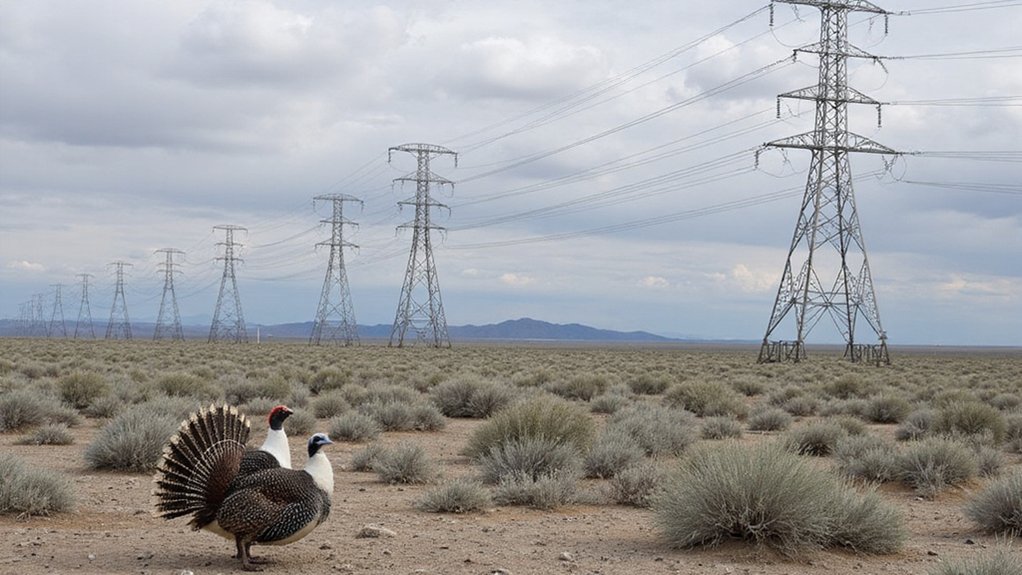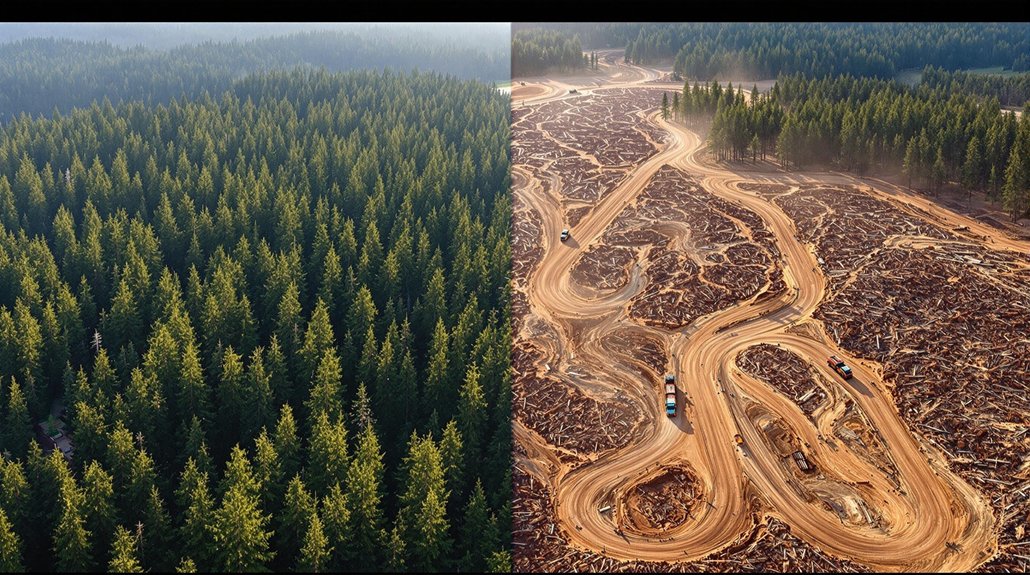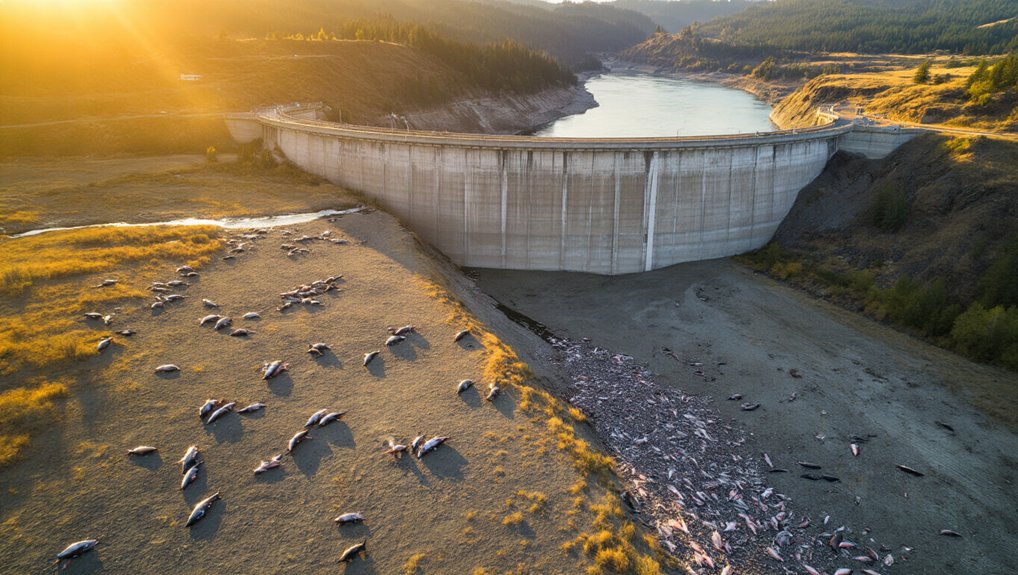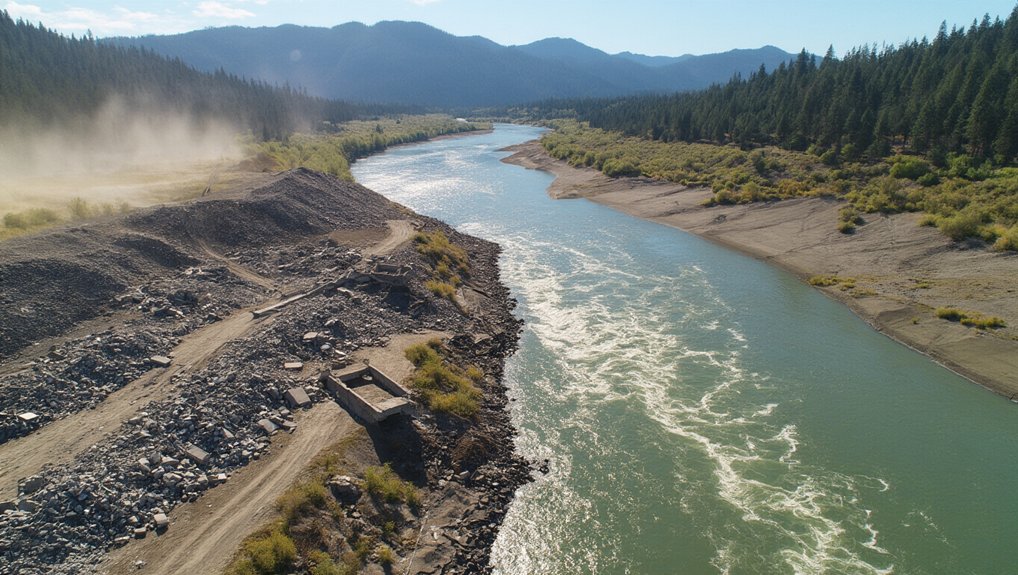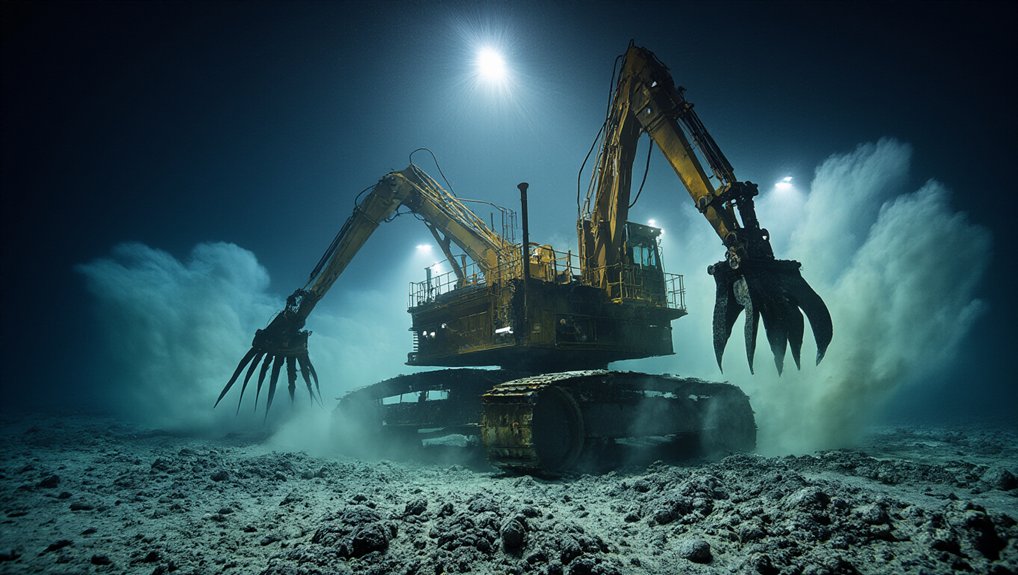While the former Biden administration pushed for more renewable energy infrastructure, a massive power line project in Nevada hit a snag because of concerns about sage grouse. The Bureau of Land Management is advancing the 235-mile Greenlink North transmission line from Ely to Yerington, but the route crosses sensitive habitat for the struggling bird species. The final environmental impact statement was published by BLM on May 23, 2025, marking a major milestone in the approval process.
The project requires changing three federal land-use plans because it passes through areas where sage grouse live and breed. The power line would affect habitat near 59 breeding grounds, known as leks, where male birds perform mating dances each spring. These areas are essential for the species’ survival.
Power lines threaten 59 sage grouse breeding grounds where males perform crucial mating dances each spring.
BLM’s environmental review shows they’ve tried to reduce damage by routing 168 miles of the line near existing roads and power corridors. But wildlife experts worry about the remaining impacts. Studies show transmission lines can harm 40 to 50 percent of sage grouse habitat in some areas.
Power lines create multiple problems for these ground-dwelling birds. They provide perches for ravens and hawks that prey on sage grouse eggs and chicks. The birds also avoid areas near power lines, which means they lose usable habitat even if the sagebrush remains intact. Research shows sage grouse need at least 1.4 miles of distance from power lines to feel safe enough to nest and raise young. A Utah study found that power lines negatively affected lek trends up to distances of 2.7 km, demonstrating impacts even farther than previously thought.
The lines can also disrupt breeding behavior. Male sage grouse won’t perform their elaborate mating displays near tall structures, and females avoid nesting in these areas. When power lines fragment the environment, it creates edges that expose birds to more predators.
BLM faces a tough balancing act between supporting renewable energy and protecting wildlife. The agency previously kept solar projects out of sage grouse habitat, but transmission lines can’t always avoid these areas. The conflict exemplifies the economic challenges during the energy transition, similar to how coal communities lost over 53,000 jobs since 2011 as the economy shifts toward renewables.
Officials are conducting new studies to address conservation concerns, which has delayed final approval until at least summer 2025.
The conflict highlights broader challenges in building clean energy infrastructure while protecting vulnerable species. As demand for electricity grows in Nevada’s expanding cities, finding solutions that work for both energy needs and wildlife becomes increasingly difficult.
References
- https://www.eenews.net/articles/blm-nears-approval-of-power-line-through-sage-grouse-habitat/
- https://www.blm.gov/sites/blm.gov/files/BLM-USFS Sage-grouse Plans Fact Sheet Final915.pdf
- https://journals.plos.org/plosone/article?id=10.1371/journal.pone.0209968
- https://wildlife.onlinelibrary.wiley.com/doi/abs/10.1002/wmon.1034
- https://www.eenews.net/articles/sage-grouse-add-new-hurdle-for-planned-nevada-power-line/
